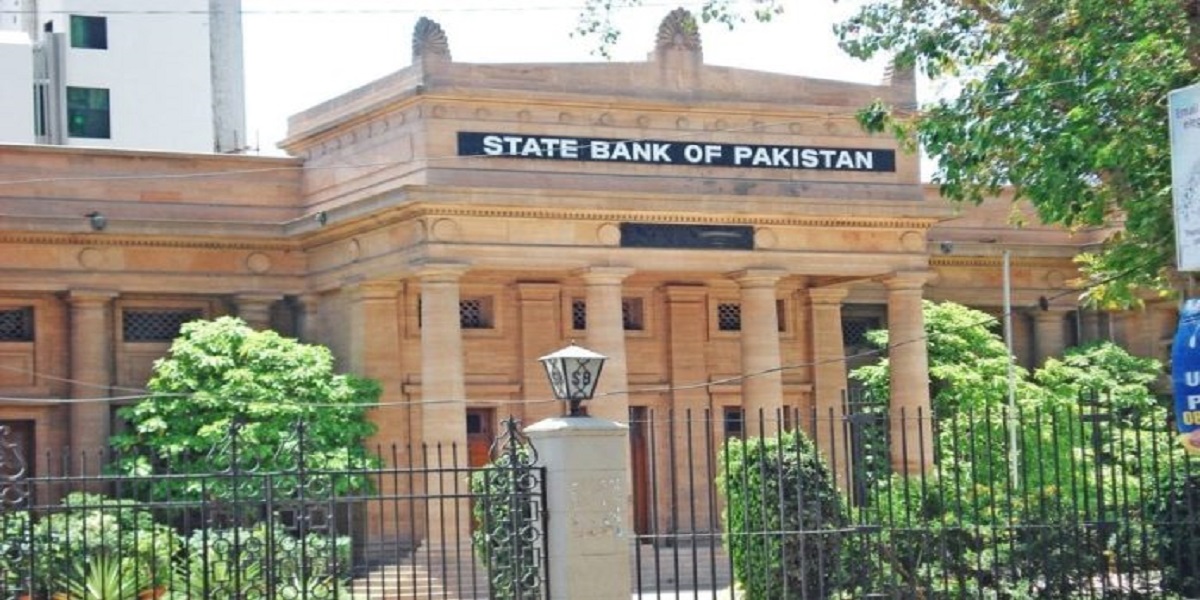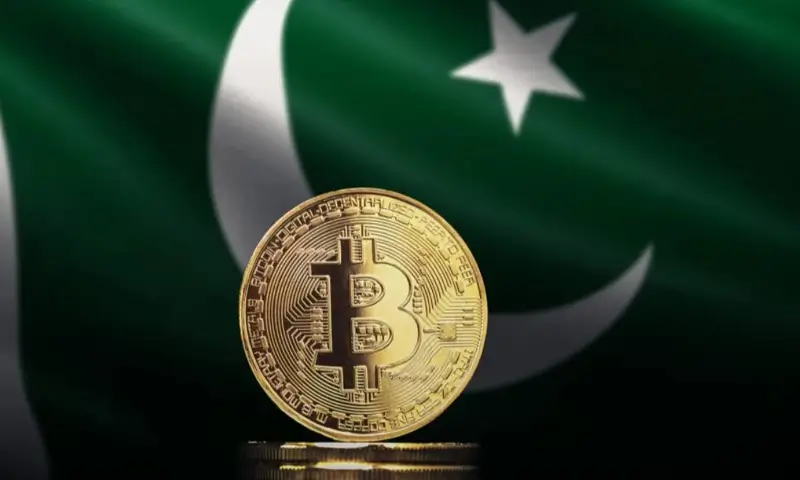KARACHI: The State Bank of Pakistan (SBP) on Thursday jacked up the key policy rate by 125 basis points to 15 per cent from 13.75 per cent on rising inflationary concerns and weakness in the balance of payment.
The latest hike in the key policy rate by the central bank is above the market expectations, as the market was expecting an increase of 100 basis points.
Since September 2021, the SBP has increased the policy rate by 8 per cent to the existing 15 per cent.
The central bank in a statement said that since the last meeting, the Monetary Policy Committee (MPC) noted three encouraging developments such as the reversal of the unsustainable energy subsidy package and the budget for the fiscal year 2023 was passed.
“This has paved the way for completion of the ongoing review of the International Monetary Fund (IMF) programme, which will ensure that tail risks associated with meeting Pakistan’s external financing needs are averted,” the central bank noted.
Second, a $2.3 billion commercial loan from China helped provide support to the foreign exchange reserves, which had been falling since January due to the current account pressures, external debt repayments and paucity of fresh foreign inflows.
Third, economic activity remains robust, with the momentum of the last two years of near 6 per cent growth carrying into the start of fiscal year 2023, the SBP said.
As a result, Pakistan faces a significantly lower trade-off between growth and inflation than many countries where the post-Covid recovery has not been as vigorous.
“However, several adverse developments have overshadowed this positive news. Globally, inflation is at multi-decade highs in most countries and central banks are responding aggressively, leading to depreciation pressure on most emerging market currencies.
This strong monetary tightening has occurred despite concerns about a slowdown in global growth and even recession risks, highlighting the primacy that central banks are placing on containing inflation at this juncture,” the SPB noted in the statement.
Domestically, as energy subsidies were reversed, both headline and core inflation increased significantly in June, rising to a 14-year high.
At the same time, the current account deficit unexpectedly spiked in May and the trade deficit continued its post-March widening trend to reach a 7-month high in June, on burgeoning energy imports.
As a result, the forex reserves and the rupee remained under pressure, further worsening the inflation outlook.
The MPC noted the importance of strong, timely and credible policy actions to moderate domestic demand, prevent a compounding of inflationary pressures and reduce risks to external stability.
Like most of the world, Pakistan is facing a large negative income shock from high inflation and necessary but difficult increases in utility prices and taxes.
Without decisive macroeconomic adjustments, there is a significant risk of substantially worse outcomes that would compromise price stability, financial stability and growth.
This could take the form of runaway inflation, forex reserve depletion and the need for sudden and aggressive tightening actions later that would be significantly more disruptive for economic activity and employment.
However, in the interest of social stability, the burden of this adjustment must be shared equitably across the population, by ensuring that the relatively well-off absorb most of the increase in utility prices and taxes while well-targeted and adequate assistance is provided to the more vulnerable.
Under the MPC’s baseline outlook, the headline inflation is likely to remain elevated around current levels for much of fiscal year 2023 before falling sharply to the 5 per cent to 7 per cent target range by the end of fiscal year 2024, driven by tight policies, normalisation of global commodity prices, and beneficial base effects.
The needed moderation in the economic activity that was occurring through fiscal year 2022 in response to monetary tightening has stalled in the last three months, fueled by an unwarranted fiscal expansion.
Looking ahead, growth is expected to moderate to 3 per cent to 4 per cent in fiscal year 2023 on the back of monetary tightening and fiscal consolidation helping to close the positive output gap and diminish demand-side pressures on inflation.
After moderating in the previous three months, the current account deficit rose to $1.4 billion in May, on the back of lower exports and remittances partly due to the Eid holiday.
The trade deficit rose to $4.8 billion in June, more than $1.7 billion higher than its February low. While non-energy imports have continued to moderate in the last three months on the back of curtailment measures by the government and the SBP.
This decline has been offset by the significant increase in energy imports, which rose from a low of $1.4 billion in February to an estimated record high of $3.7 billion in June.
Without prompt additional measures to curtail energy imports, for instance through early closure of markets, reduced electricity use by residential and commercial customers, and greater encouragement of work from home and car pooling, containing the trade deficit could become challenging.
With such measures, the current account deficit is projected to narrow to around 3 per cent of the GDP as imports moderate with cooling growth, while exports and remittances remain relatively resilient.
The headline inflation rose significantly from 13.8 per cent year-on-year in May to 21.3 per cent in June, the highest since 2008.
The increase was broad-based, with energy, food and core inflation all rising significantly and more than 80 per cent of the items in the CPI basket experiencing inflation of above 6 per cent.
Strong domestic demand and second-round effects of supply shocks are reflected in the rise of core inflation to 11.5 per cent in the urban areas and 13.5 per cent in the rural areas.
Despite the dampening effect of fiscal and monetary tightening on demand-pull inflation, inflation is likely to remain elevated around current levels for much of fiscal year 2023 due to the large supply shock associated with the necessary reversal of fuel and electricity subsidies.
As a result, inflation during fiscal year 2023 is forecast at around 20 per cent before declining sharply during fiscal year 2024. This baseline outlook is subject to significant uncertainty, with risks arising from the path of global commodity prices, the domestic fiscal policy stance, and the exchange rate.
The MPC will continue to carefully monitor developments affecting medium-term prospects for inflation, financial stability, and growth and will take appropriate action to safeguard them.





















